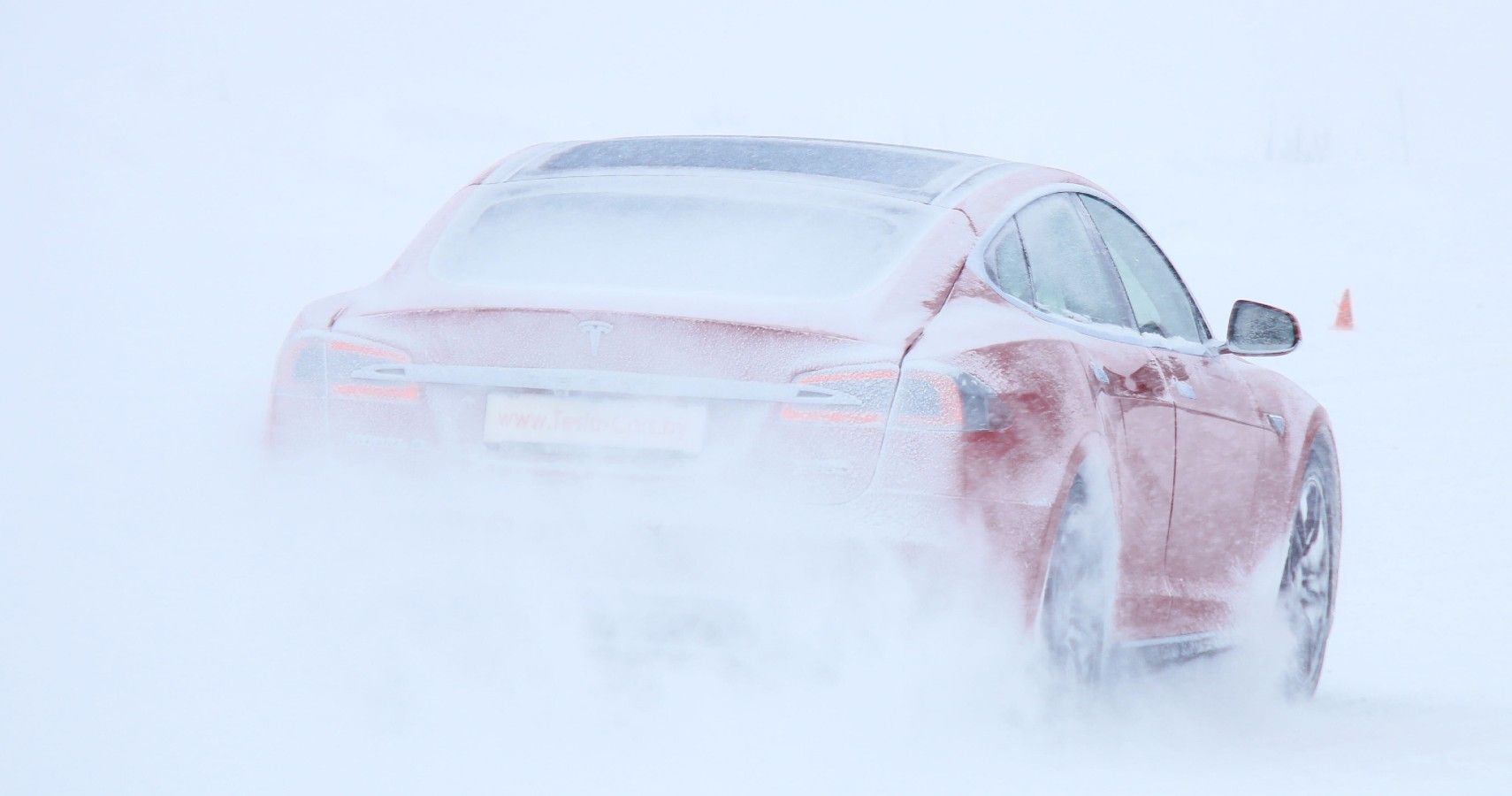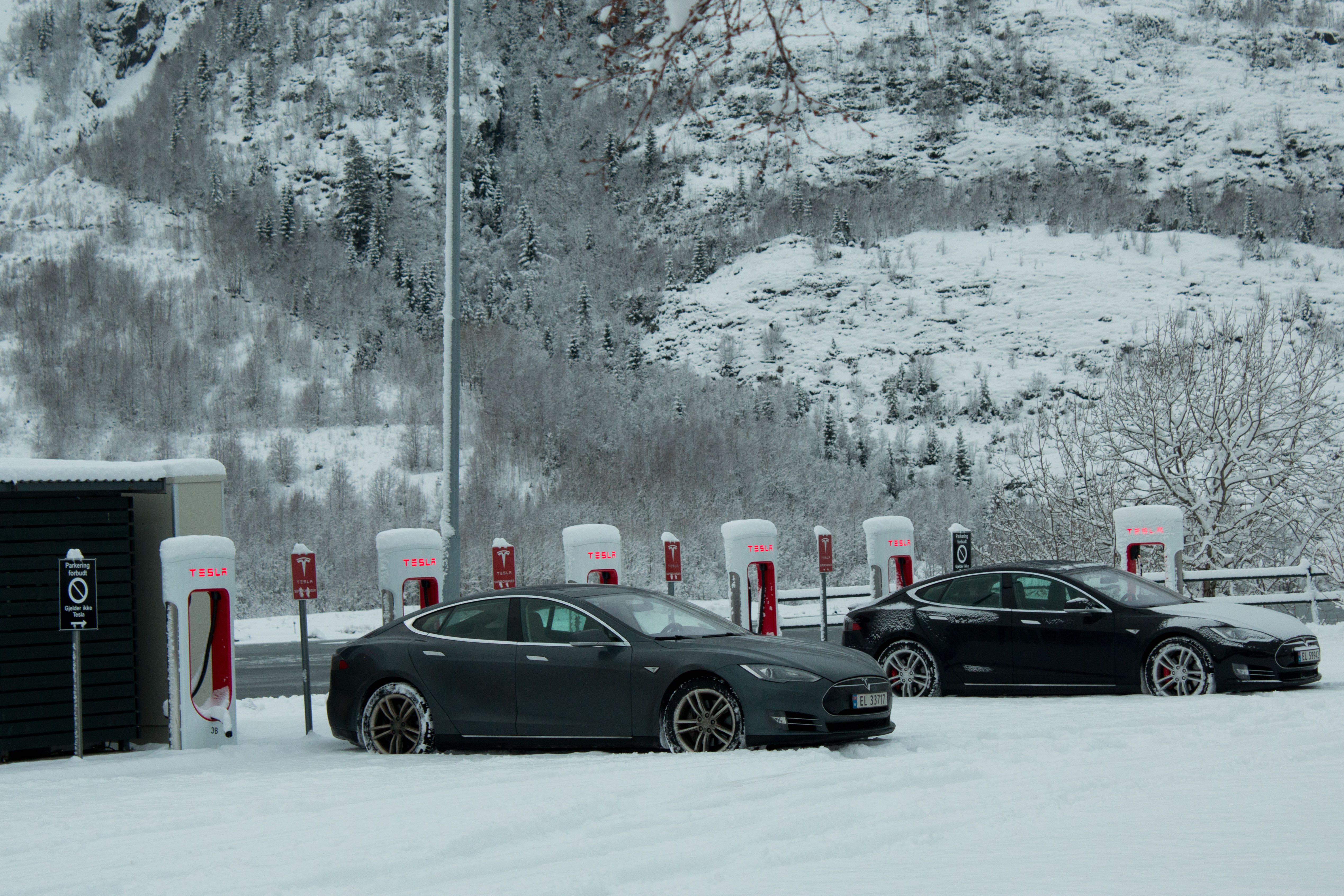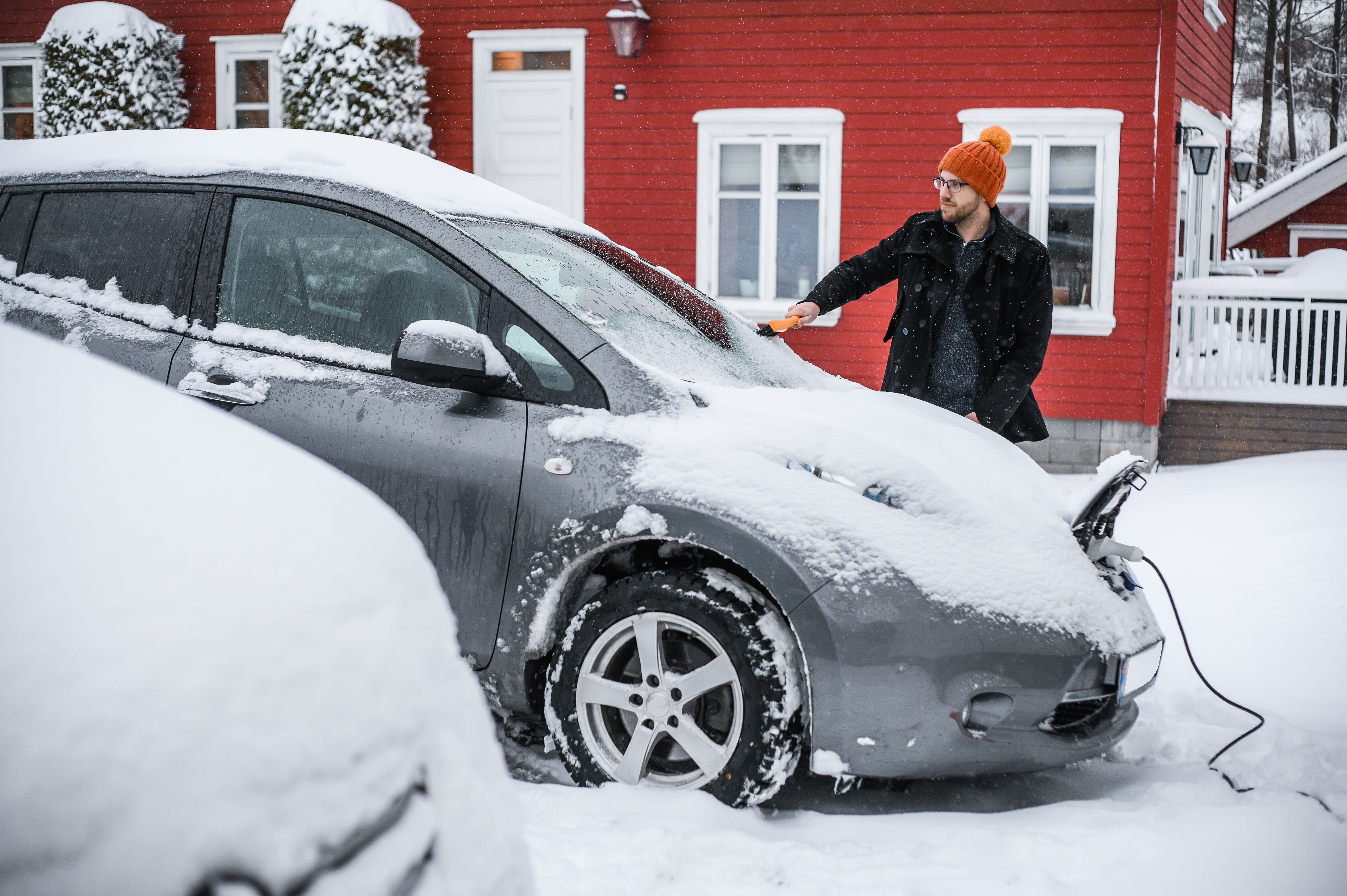EVs have made incredible strides during their relatively short existence, but driving one during winter still presents some challenges.
While electric cars are all in vogue, and to be fair, who doesn’t want to be seen cruising in the latest Tesla Model S or a Genesis all-electric SUV? That being said, any technology, especially disruptive technology, always throws up specific kinks or bugs that need to be ironed out in the first decade or so of production.
Electric cars are no different, and to be fair, they have seamlessly integrated into our highways and popular culture even faster than we could have ever envisaged. Now that they are more on the road than ever, many EV users living in colder climates are starting to grumble about the battery in inclement weather and how manufacturers need to consider this for future iterations.
To be fair, most EVs have made dramatic strides to improve their range in general, particularly during the winter months. This will continue to improve as manufacturers such as Ford continue to prioritize electric vehicle production for 2024.
The ‘Joys’ Of Driving An Electric Vehicle During Winter
How often were we told by our parents growing up that a puppy wasn’t just for Christmas and that you would have to take care of it and walk it, even in the cold winter mornings? Well, hands up, who thought that when you became an adult and owned a super EV vehicle, you might also have to take care of it in the cold winter mornings?
While most car enthusiasts would be aware that an EV won’t do as many miles in the winter as it would cruising down Route 66 with the roof down. One may not be aware that on top of the reduced range, you will have to charge your EV more frequently, but how does an unsuspecting driver know how much the range will be impacted?
Some manufacturers, like Jaguar, provide a calculator that estimates the reduced range for its EVs when temperatures plummet. It is also imperative for the driver to realize that the larger the battery size, the more significant the drop-off in range and performance should be expected when temperatures plunge.
How Do Colder Temperatures Affect EV Performance?
It is a well-known fact that colder weather restricts EV battery range, and deterioration in performance can be significant. Cars fitted with an auxiliary heat pump tend to fare much better and provide less drop-off in range. This is a worthwhile point to recall the next time you visit your nearest EV dealership. If you have recently purchased an EV, it should be equipped with an Efficient Thermal Management System.
Preconditioning is available as standard in a lot of the latest EVs, but if this option is not available to you, then simple tricks such as: defrosting the windows help, as does running the car and switching on the heated seats for a few minutes before you and your family leave the house. All these little extras do not seem like they will make a difference, but they will assist in keeping the battery warm which will prolong the range and performance of the EV.
How Does A Drop In Temperature Impact Electric Vehicle Charging Speeds?
A drop in temperature will, of course, affect charging speeds, and it is sensible to allocate extra time for charging or, if using a public charging point, plan to arrive a little earlier to avoid any unnecessary delays to your journey time.
It is also important to utilize the correct driving mode, which is even more imperative when driving an EV during the winter months. Most EVs will offer a plethora of driving modes, but the majority will have the core modes of normal, eco, or sport. Choosing a suitable mode can significantly prolong your range in the winter months. This may require a little trial and error, but the time spent will definitely pay dividends, especially when the temperature dial dips below freezing.
The good news is that it is not all doom and gloom if you currently own an EV and still have one or two months left of inclement weather. EVs can provide better handling and traction compared to petrol and diesel models because the battery is placed lower to the ground in EV vehicles to keep the center of gravity low.
Two other options are that you can stare out the window at your immaculate EV in the driveway and decide it simply isn’t worth the office commute in treacherous conditions. Perhaps your boss may let you work from home more often since your own an EV, and it is below freezing outside.
If this option doesn’t work for you or the EV, then you can contemplate moving to a warmer climate in the winter months and enjoy driving your superb EV while having the sun on your back and your favorite Beach Boys song playing on the infotainment system.






